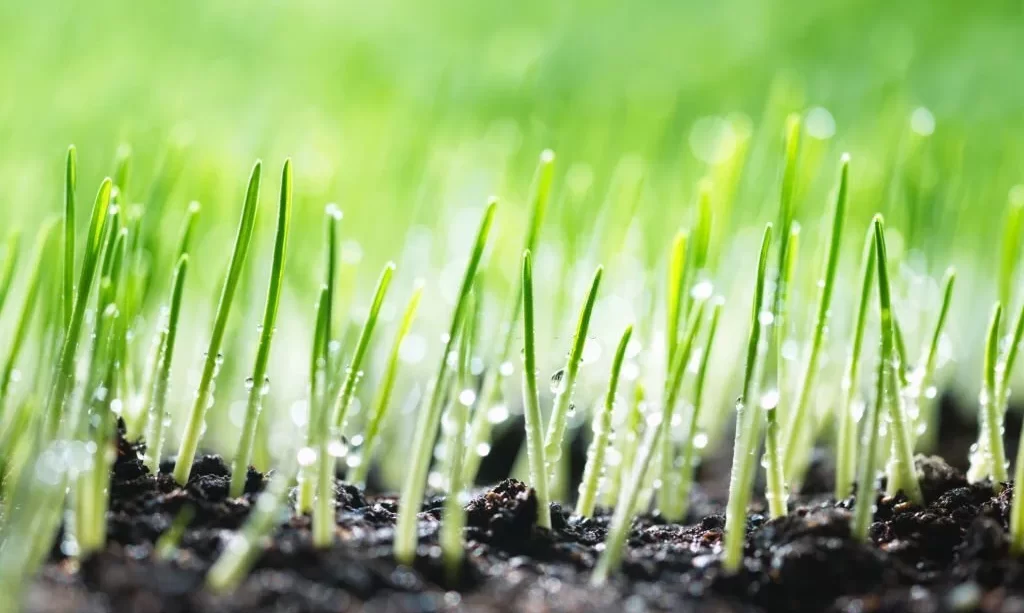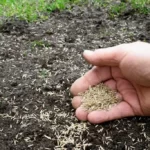Grass is a ubiquitous presence in our natural landscapes, from manicured lawns to sprawling meadows and vast prairies. We often associate it with the green carpet that covers our outdoor spaces. But beyond its aesthetic appeal, the question arises: Is grass a vegetable? In this article, we delve into the world of grass, exploring its botanical characteristics and culinary classification to determine whether it qualifies as a vegetable. By understanding the distinctions between the botanical and culinary perspectives, we can unravel the role of grass in our environment and diets.
What Is Grass?
Grass, in botanical terms, is a type of plant that belongs to the family Poaceae, formerly known as Gramineae. It is characterized by its unique set of features, including slender leaves, jointed stems, and a fibrous root system. These characteristics have allowed grass to thrive in a variety of environments, making it one of the most widespread plant types on Earth.
Grass comes in numerous varieties, each adapted to different climates and ecosystems. From the tall, waving grasses of the savannah to the short, lush lawns in our yards, this plant family exhibits remarkable diversity. Grasses play a vital ecological role, providing habitat and sustenance for a range of wildlife, from insects to large herbivores.
Botanical Classification of Grass
From a botanical perspective, grass is indeed a type of plant. It is classified as a monocotyledon, which means that it has a single seed leaf, or cotyledon, when it germinates. This sets grass apart from dicotyledons, which have two seed leaves. Another distinguishing feature of grass is its fibrous root system, which contributes to its resilience and ability to anchor itself in various soils.
Botanically, grasses serve essential functions in ecosystems, preventing soil erosion, providing oxygen through photosynthesis, and acting as primary producers in food chains. However, the classification of grass as a vegetable takes on a different meaning when viewed through the lens of culinary practices, which we will explore in subsequent sections.
The Culinary Perspective
In culinary contexts, the term “vegetable” typically refers to plant matter that is consumed as food by humans. From this culinary perspective, grass is generally not considered a vegetable. While grass is indeed a type of plant, it does not align with the common understanding of vegetables as edible parts of plants like leaves, stems, roots, or fruits.
The culinary world classifies vegetables based on their taste, texture, and usage in cooking. Vegetables are known for their diverse flavors and nutritional contributions to our diets. They can be cooked, eaten raw, or used as ingredients in a wide range of dishes. In contrast, grass is seldom included in human diets in the same way that traditional vegetables are.
Despite its culinary distinction, it’s essential to acknowledge that some traditional diets in various cultures have incorporated certain edible grasses, such as bamboo shoots, lemongrass, and wheatgrass. However, these examples are exceptions rather than the rule when it comes to grass as a vegetable in human cuisine.
Grass as Forage for Animals
While grass may not commonly grace our dinner plates, it plays a fundamental role as forage for animals, especially herbivores. Grazing animals like cows, horses, and sheep heavily rely on grass as a primary source of nutrition. These animals have specialized digestive systems that allow them to extract nutrients from grass and other fibrous plant material effectively.
Grasslands and pastures are essential components of agriculture, providing sustenance for livestock that, in turn, contribute to human diets through meat and dairy production. In this agricultural context, grass is a valuable resource, but it is not considered a vegetable for direct human consumption.
- Hand-Selected Orchard Grass Hay – We hand-pack each box in small batches to ensure only the highest quality 100% US-grown orchard grass hay arrives at your door. Orchard hay is a great alternative for owners with Timothy hay allergies who still want to make sure that their small pets get everything they need without the sneezing.
- Tasty Addition to your Hay Rotation – We all like a little variety in our meals and our pets do too. Mix up their standard fare with a soft, delectable treat that includes lots of munchable grass hay with very little stem or seed head. Each delivery of premium Orchard hay for rabbits, guinea pigs, and chinchillas includes a great mix of protein, fiber and fat to keep them healthy with a low amount of dust.
- Earth-Friendly Packaging – As small animal owners, we know the importance of packing delicious snacks in safe ways for our small animal companions. No compression packing here that damages hay integrity, each package is shipped in a high-strength corrugated box for easy storage (and fun digging!).
- Minimally Handled & Delivered Fresh – Make it easy to provide exactly what your little friend needs with regular shipments of fresh from the farm hay to wear down growing teeth and protect digestive health. Your small pet may not thank you with words, but happy oinks and binkies will make you feel like the pet owner of the year.
- 100% Satisfaction Guarantee! – For you and your pets. We know pets can be picky. If your bunny (or piggy or chinny) stomps and turns up her nose, you can still rest easy.
Nutritional Value of Grass
From a nutritional perspective, grass provides essential nutrients for the animals that consume it. Grasses are rich in carbohydrates, fiber, and some vitamins. They contribute to the overall health and well-being of grazing animals, supplying them with energy and promoting healthy digestion.
Furthermore, sustainable agriculture practices often rely on grass-based systems, such as rotational grazing, to enhance soil health and reduce the environmental impact of farming. These systems prioritize the health of both the land and the animals that graze upon it.
Conclusion
In conclusion, the classification of grass as a vegetable depends on the perspective we take. Botanically, grass is indeed a type of plant, falling within the family Poaceae. However, from a culinary standpoint, grass is not typically regarded as a vegetable for human consumption.
While grass may not find its way onto our dinner plates in the same manner as traditional vegetables, it plays vital roles in ecosystems, agriculture, and the diets of many animals. Its contributions to soil health, wildlife habitat, and livestock nutrition are significant.
Understanding these distinctions helps us appreciate the multifaceted role of grass in our world, highlighting the complexities of plant classification and the diversity of our culinary traditions. So, while grass may not be a vegetable on our dinner tables, its importance in our environment and food systems should not be underestimated.




